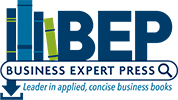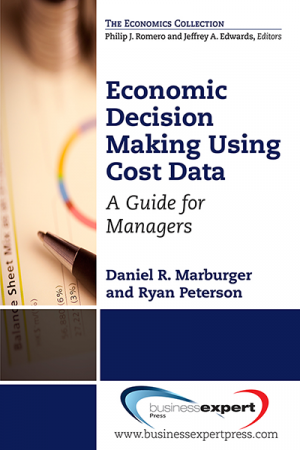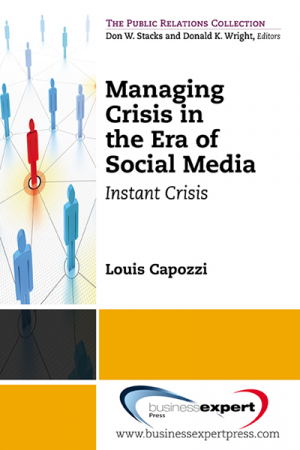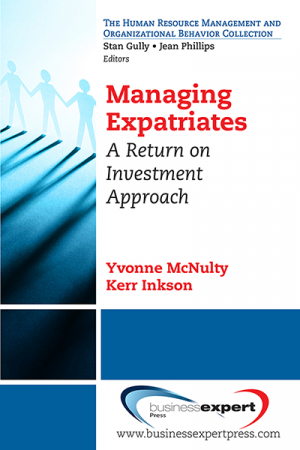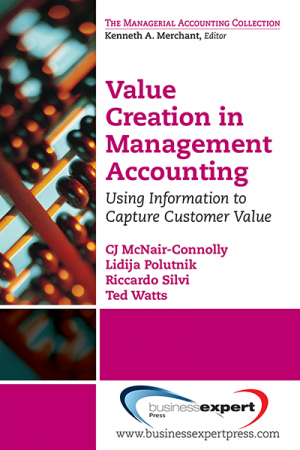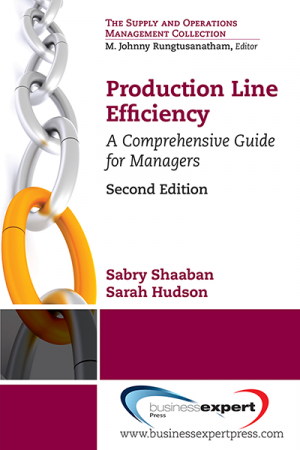Economic Decision Making Using Cost Data: A Guide for Managers
$21.99A firm maximizes profits if each decision adds more to the firm’s revenue than to its costs. Although the concept sounds rather simple, it is difficult to do in practice. To ease this difficulty, the authors are giving you the inside knowledge to ‘economic theory.’ This book will help you understand economic theory and much more to accurately infer changes in revenues that may be associated with a decision. And since economic theory suggests that the costs reported by accountants rarely reflect the true cost associated with the decision, this book will help you understand how to assess the changes in revenues and costs. Demand and price sensitivity analysis allow you to infer revenue changes, and this book helps you reconcile the economic theory of cost with common accounting practices so the differences can be reconciled and better decisions can be made.
